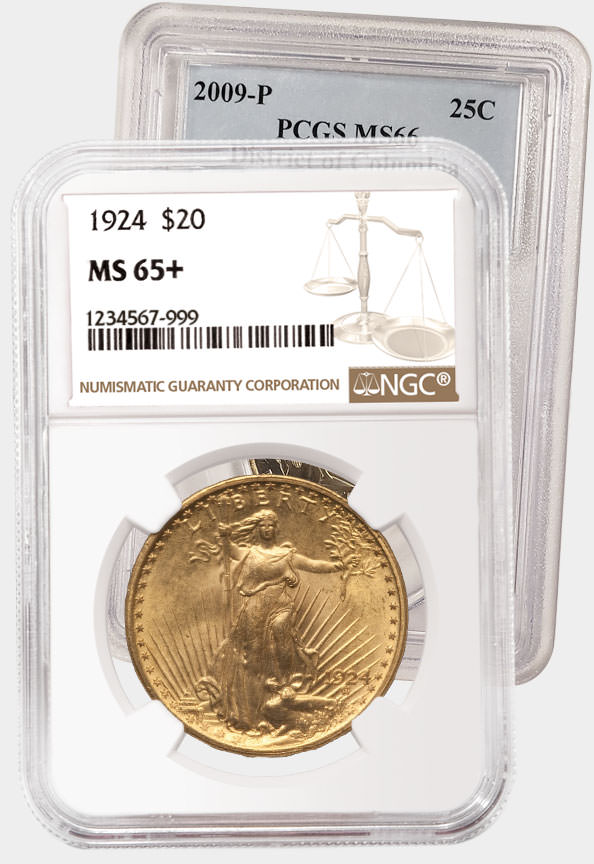Counterfeit Detection: 1802/0 Half Cent
Posted on 08/03/2023
The early years of the U.S. Mint saw some rather uncouth practices in striking coins that would not be tolerated today, such as the creation of "overdates," in which a die from a previous year was repunched with a new date so it could be used again. Clearly, this was a time where frugality was more important than elegance.
All half cents bearing the date 1802, for example, are of the 1802/0 overdate type, in which the number 2 was placed over the partially obliterated 0 from an 1800 die. At just over 20,000 pieces, the 1802/0 has the lowest mintage in the Draped Bust half cent series. Even in the lowest grades, these coins are worth hundreds of dollars. Above-average survivors can command thousands of dollars, while an extremely rare variety struck with an 1800 reverse die generally sells for over $10,000.
Numismatic Guaranty Company® (NGC®) recently received a submission that included a purported 1802/0 half cent. While its weight and composition are correct, there appears to be no trace of the underdate. The unnatural color, odd depressions and overall weak details also point to its inauthenticity.
 |
 |
|
| The lack of an underdate is a clear indication that the bottom coin is counterfeit. Click image to enlarge. |
|
A further examination of the obverse shows a spike emerging from Liberty's chin. Its shape matches that of a die flaw that is so famous on certain 1804 half cents that a popular variety is named after it: "Spiked Chin." The bottom of the reverse also has an imperfection that is associated with certain 1804 "Spiked Chin" half cents: A die crack involving the U in UNITED and 2 in 200. This die crack should be much sharper than it is on this coin. It appears weak due to the process involved in creating a counterfeit die from a genuine host coin. A loss of fine details occurs when the design is transferred from the host to the counterfeit die, which is what has caused the fuzzy look of the die crack as well as the rest of the coin's details. The counterfeiter clearly used an 1804 "Spiked Chin" half cent (which is a much more affordable coin) to create the false dies for an 1802/0 counterfeit.
 |
 |
| Meanwhile, the presence of a spike jutting out from Liberty's chin reveals that this fake was created from an 1804 "Spiked Chin" half cent. | |
Spending hundreds or even thousands of dollars on a coin is a considerable investment for most collectors, so it's important to make sure the piece is genuine. Remember, coins in NGC holders are backed by the NGC Guarantee of authenticity and grade.
Reproduced with permission from the December 2022 edition of The Numismatist, an official publication of the American Numismatic Association.
Did you know? NGC has created a comprehensive Counterfeit Detection resource to help collectors and dealers identify counterfeit and altered coins. Visit NGCcoin.com/counterfeit.
Stay Informed
Want news like this delivered to your inbox once a month? Subscribe to the free NGC eNewsletter today!




